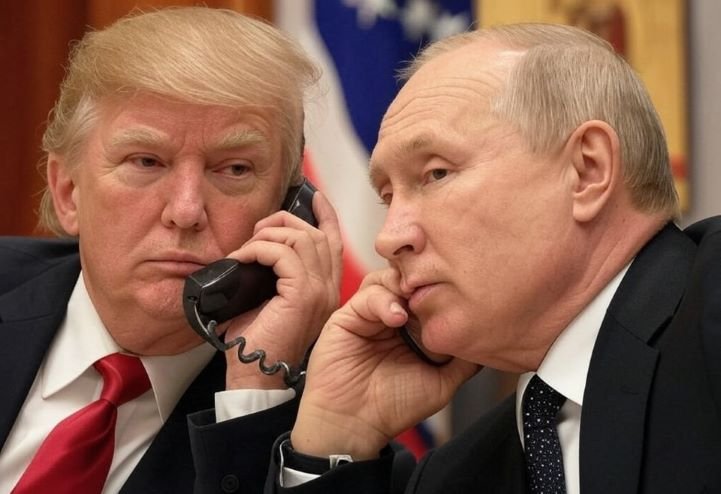Putin Agrees to Limit Ukraine Attacks but Rejects Full Ceasefire
In a crucial diplomatic engagement, U.S. President Donald Trump and Russian President Vladimir Putin held discussions over the ongoing war in Ukraine. The key outcome—Putin’s agreement to limit strikes on Ukrainian energy infrastructure—signals a possible shift, but a full 30-day ceasefire remains off the table.
The White House confirmed the details of the conversation, stating that both leaders acknowledged the need for lasting peace while recognizing the economic and human cost of war for both Ukraine and Russia. However, while Moscow agreed to halt specific attacks, Putin stopped short of committing to a broader ceasefire, despite Ukraine’s prior acceptance of the proposal.
Diplomatic Push Ahead of Saudi Arabia Talks
In the lead-up to this pivotal conversation, U.S. Special Envoy Steve Witkoff engaged in multiple rounds of talks with Putin, focusing on halting infrastructure strikes and securing stability in the Black Sea. This, according to Witkoff, may have laid the foundation for a broader ceasefire in the future.
The next phase of negotiations is set to begin in Saudi Arabia, where U.S. National Security Adviser Mike Waltz and Secretary of State Marco Rubio will lead discussions. The White House remains optimistic about these talks, highlighting the progress made in reaching partial agreements with Russia.
Trump Acknowledges Challenges of a Ceasefire
Following the call, Trump addressed the media, acknowledging the difficulty of securing a ceasefire given the current military standoff. While expressing optimism about the conversation with Putin, he emphasized that achieving peace requires further negotiations.
Ukraine, on the other hand, remains cautious. President Volodymyr Zelenskyy welcomed any reduction in hostilities but expressed skepticism over Russia’s long-term intentions. Zelenskyy stressed that any agreement must be clear on its terms and include Ukraine as an active participant, rather than being decided by external parties.
The Kremlin’s Conditions for Ending the War
Russian state media reports that Putin supports Trump’s proposal for pausing attacks on energy infrastructure but remains hesitant about a full ceasefire. Moscow insists on conditions including strict oversight on ceasefire enforcement, halting Ukraine’s forced mobilization, and restricting Western military aid to Kyiv.
These demands indicate a broader strategic goal for Russia—reducing Ukraine’s defense capabilities while avoiding full-scale commitments to peace.
US-Ukraine Tensions Over Military Aid
The Trump administration has already taken controversial steps by pausing military aid and intelligence-sharing with Ukraine, a decision that was reversed only after Ukraine agreed to a 30-day ceasefire last week. With the latest developments, Washington’s role in shaping the conflict’s resolution remains a critical factor.
As Ukraine waits for further clarifications, Zelenskyy has called for direct discussions with Trump to better understand the roadmap ahead. Meanwhile, diplomatic negotiations in Saudi Arabia may determine whether these initial steps toward peace can evolve into something more concrete.
What Comes Next?
The coming days will be crucial as both Russia and the U.S. attempt to navigate a fragile diplomatic path. While limiting attacks on energy assets may be a step in the right direction, the bigger challenge remains—securing a sustainable and enforceable peace deal.
Will this partial agreement pave the way for a broader ceasefire, or will negotiations stall over conflicting demands? The world watches as key players position themselves for what could be a decisive moment in the ongoing conflict.
Also see:
Trump Announces “Reciprocal Tariff” Plan, Targets India and Other Nations
Tesla Signs Mumbai Showroom Lease, Marks Entry into Indian Market
EU Unveils €800 Billion Plan to Strengthen Defence
—————————————————————
It would mean the world to us if you follow us on Twitter, Instagram and Facebook




